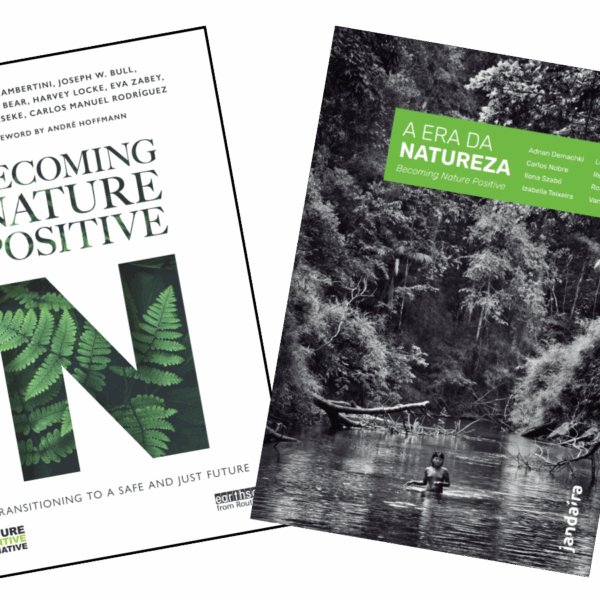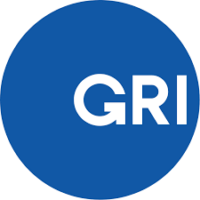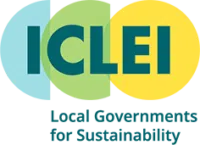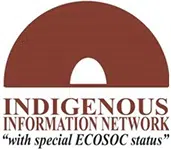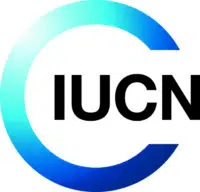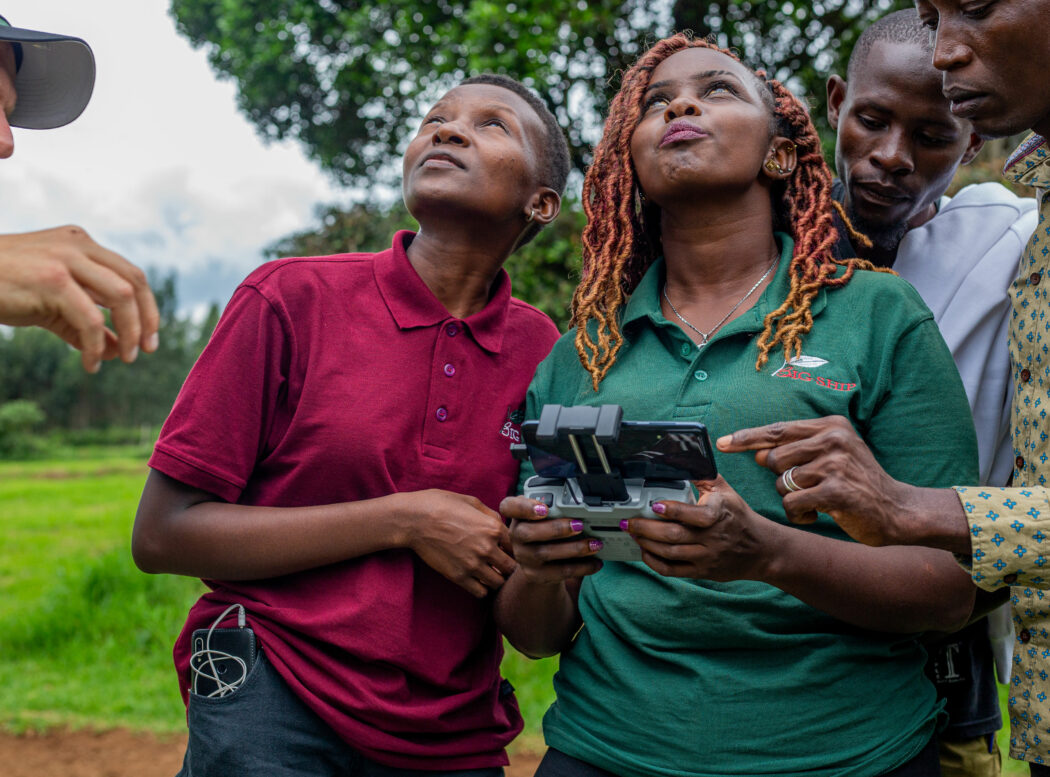
Creating consensus in the nature tech revolution
High resolution satellite imagery. Environmental DNA. Artificial intelligence. Technology is revolutionizing how we can measure nature and our impacts on it. But, say Gavin Edwards and Lucy Almond, we need to make sure it’s measuring the right elements of nature, and their underlying data, if we are to halt and reverse nature loss and secure a nature-positive world.
Advances in technology are transforming our understanding of the natural world, and the ease with which we can monitor and measure our impacts on it. This rapid evolution of ‘nature tech’ comes at a critical time, providing more timely, accessible, and granular data at ever lower cost for companies who are increasingly expected to understand and report their impacts and dependencies on nature.
But the proliferation of nature tech solutions brings challenges as well as opportunities. Companies, investors and regulators risk becoming overwhelmed by a tsunami of data, while nature tech developers risk focusing on data that fails to support an emerging consensus around the most important metrics.
Tracking the technology
It’s a good problem to have. Advances in technology, and dramatic reductions in the cost of that technology, are making it possible to collect data from the natural world in greater volumes and at higher resolution. Even just a few years ago, this would have been either impossible or prohibitively expensive.
Take satellite remote sensing data, when used with geographic information systems (GIS) – these can now provide detailed images with resolution down to five metres – and in some cases, even less. New technologies like LiDAR and radar sensors can map forest canopies to show the structure of vegetation below and sometimes even help identify specific plant species. Drones add even more detail by capturing very high-resolution images and can reach areas that are hard to access, such as steep or remote terrain.
Bioacoustic technology allows us to monitor natural soundscapes in real time, to detect changes in the presence of particular species. Developments in environmental DNA (eDNA) enable water, soil and even air samples to be analyzed for the traces of DNA shed by species in a particular area. These samples can be collected by non-experts and analysed, dramatically reducing costs while increasing the numbers of samples.
And not only is this data much more readily available, so too is our ability to analyse and understand it. Artificial intelligence enables enormous datasets to be interrogated at great speed and patterns detected that might otherwise go unnoticed.
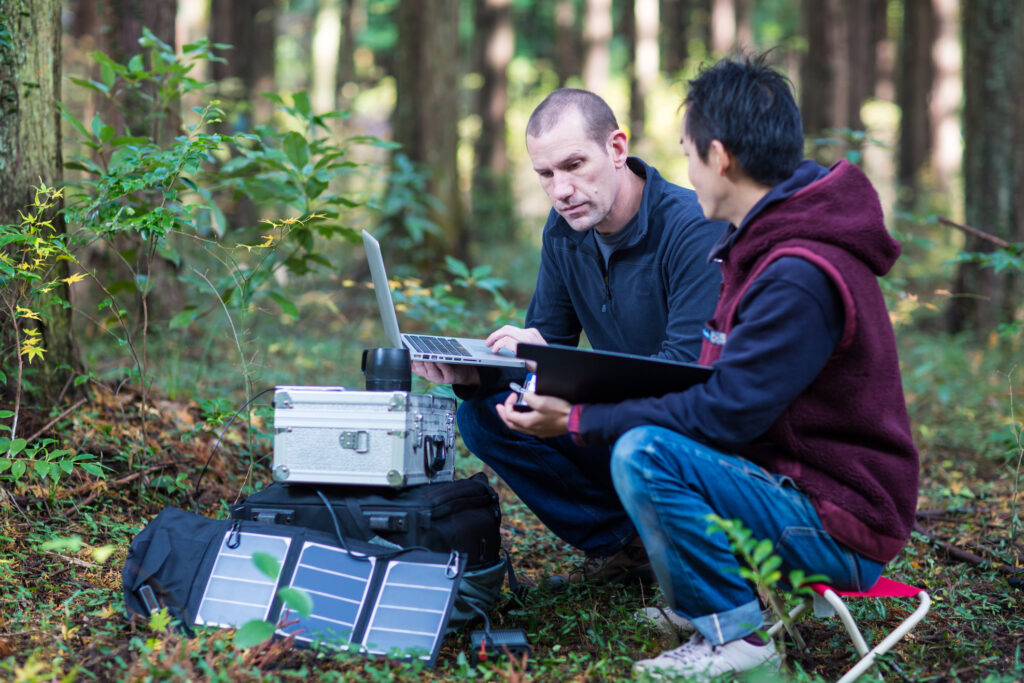
Data in demand
Around the world, hundreds of technology companies are applying and refining existing technologies, and innovating to develop new ones, to make it easier and cheaper to monitor and measure nature. They are doing this because they understand that the data is not only of interest to scientists: there is going to be an explosion in demand from the private sector for data to track negative and positive impacts on biodiversity.
This demand is being driven by both regulation and voluntary action. For example, companies covered by the European Union’s Corporate Sustainability Report Directive (CSRD) will be required to disclose their impacts on nature and how nature loss could impact their financial performance. Under the latest Commission proposals, the CSRD will apply to all European companies with more than 1,000 employees, and either turnover above €50 million or a balance sheet larger than €25 million.
Companies are also taking voluntary action to track their biodiversity impacts and exposures, either to get ahead of regulation or in response to pressure from their investors or customers. The Taskforce for Nature-related Financial Disclosures (TNFD) is following in the footsteps of its hugely successful climate-focused predecessor, by developing a framework for corporate biodiversity disclosure. More than 500 companies and financial institutions have committed to follow its recommendations. Those listed companies are worth more than $6.5 trillion in market capitalization, and the financial institutions among them manage more than $17.7 trillion of assets.
Metrics for purpose
What is missing from these initiatives, and from the wider nature tech market, is a standardized approach to measuring whether nature is in decline or recovery. Over recent decades, no fewer than 600 different methods have been developed to measure the state of nature.
At best, this could mean that nature-tech providers collect data, and develop tools, for companies that are a poor match to their impacts and dependencies. It could lead to wasted effort and resources. At worst, it could allow bad actors to cherry-pick flattering metrics, enabling greenwashing or concealing risks.
The Nature Positive Initiative has been leading a process with a range of partners to build consensus around a set of state of nature metrics that are credible, comparable and cost-effective to collect. A programme is now being launched to pilot-test nine indicators to track ecosystem extent and condition, and species abundance and extinction risk, to test their suitability to be embedded into core standards and frameworks for the private sector.
Building consensus
This is not work that is happening in isolation. The Nature Positive Initiative is a coalition of 27 partner organizations, including Nature4Climate as well as environmental groups such as Birdlife International, IUCN and The Nature Conservancy, business groupings such as the WBCSD and the Principles for Responsible Investment, disclosure frameworks such as TNFD and the Global Reporting Initiative, and target developers such as the Science Based Targets Network.
Our goal is to build a wide global consensus around nature metrics and ensure that common metrics are embedded into the existing and emerging frameworks that companies are adopting for measuring and disclosing environmental impacts and dependencies.
By doing so, we hope to reduce confusion within the business community and give reassurance to regulators, while ensuring that measuring nature impacts is feasible and cost effective for every business, not just the largest and best resourced. We would encourage nature tech providers to align their products and services with this emerging nature measurement consensus- the minimum viable set of state of nature measurements.
Gavin Edwards is Executive Director of the Nature Positive Initiative Secretariat
Lucy Almond is Chair of Nature4Climate
Feature image c. Nature4Climate
